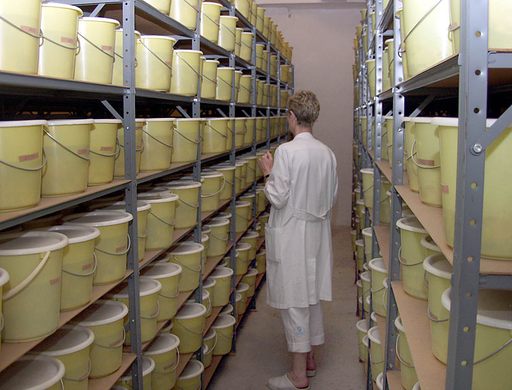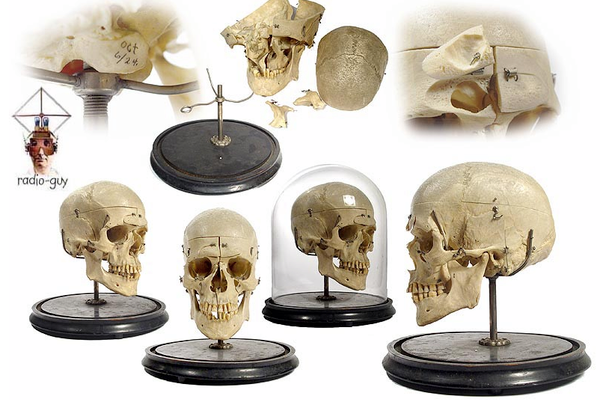AO Edited
Aarhus Hjernesamlingen (Aarhus Brain Collection)
Over 9,000 brains collected between 1945 and 1982 demonstrate the results of untreated mental illness.
In 1945, hoping to learn as much as possible from the brains of the mentally ill post-mortem, Denmark established a centralized institute to ensure that standardized methods were followed and the findings properly documented.
The result is the brain collection at the Aarhus University Hospital Centre for Psychiatric Research, possibly the world’s largest collection of brains from subjects who suffered with various mental illnesses. From 5,500 brains plagued by dementia, 1,500 with schizophrenia, 300 with depression, and 300 with bi-polar disorder to single cases of rare diseases, the brains came from patients committed to state mental hospitals throughout Denmark and have been meticulously catalogued, with the full patient records being available in many cases.
Approximately 9500 brains were removed, sampled, and preserved by a variety of techniques, including an estimated 250,000 histological slides and 50,000 pieces preserved in paraffin blocks. The sample size and documentation for each sample continues to provide neuropathologists with an unparalleled wealth of data about the physical signs of mental illnesses, and allows scientists to learn how modern treatments act on the brain.
The actual collecting of brains stopped in 1982, when it was deemed unethical to remove the brains of deceased patients without first getting their consent or that of their families. The Aarhus Brain Collection is sadly not open to the public, but Aarhus University Hospital is part of BrainNet Europe, a consortium bringing together many institutions in possession of brain collections for use by medical professionals. So if you happen to have the credentials to make a tissue request…

















Follow us on Twitter to get the latest on the world's hidden wonders.
Like us on Facebook to get the latest on the world's hidden wonders.
Follow us on Twitter Like us on Facebook